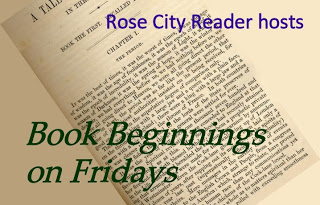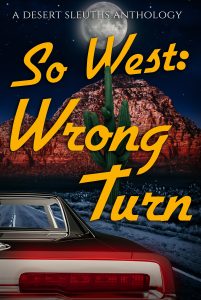Time to explore Daddy’s Gone A Hunting by Mary Higgins Clark from a writer’s perspective. The discussion began here.
This post may contain spoilers.
Daddy’s Gone A Hunting by Mary Higgins Clark
Summary: Why does Kate Connelly ask a retired employee Gus to meet her at the family’s antique furniture museum at four thirty in the morning? What were they doing when the building explodes, leaving Gus dead and Kate in a coma? Are they victims or perpetrators?

(Public domain photo via Visualhunt.com)
Plot
In the Acknowledgements, Mary Higgins Clark writes that her editor of nearly forty years, Michael Korda, was the one who suggested “DNA” of the plot. As an example of domestic suspense (defined here), it centers around members of the Connelly family.
The story unfolds in a unique way. Clark writes a multitude of short chapters (97!) each revealing a small bit about a select group of characters before jumping to another. Because the chapters are so short, most only 2 to 5 pages long, the pages fly by.
At first it isn’t clear how the characters relate to one another, but over time the different threads start to come together until all is revealed at the end.
Characters
Daddy’s Gone a Hunting has many, many characters. The cast includes the members of the Connelly family, the Schmidts, the Sloane’s, the fire investigators, various police and private detectives, plant managers, lawyers, etc. The list goes on and on. Some characters seem to be included solely to serve as love interests for others. The main character is Kate Connelly, who ironically is in a coma for the majority of the book while others piece together how she ended up there.
As we’ve read through The Bestseller Code list, I’ve noticed a trend that more experienced authors have many more characters in their books than debut authors. The debut novels The Silent Wife and Hotel on the Corner of Bitter and Sweet have a limited cast of characters, whereas Easy Prey, the 11th in a series, has many characters. The most glaring exception is Primary Colors, which has the largest number of characters of any book we’ve read. Perhaps that is due to the fact the author is a reporter with many published articles before he wrote a work of fiction.
In the past I’ve tried to cut back the number of characters in my novel, but based on these bestsellers, perhaps that isn’t necessary or even desirable.
Setting
The setting is various regions of New York City. Clark seems to assume the reader is familiar with the city and treats locations in an offhand way.
Discussion
Although I generally enjoy domestic suspense, I struggled with this novel. Each character was given such brief coverage, and the story jumped around so much, I found myself not caring what happened to any of them. I did wonder, however, if switching back and forth between different characters, plus the topic of family, were the reasons the computer algorithm picked it.
That said, I’m not ready to give up on this author. I’m going to look for some of her earlier titles.
Have you read Daddy’s Gone A Hunting by Mary Higgins Clark? Are you a fan of hers? We’d love to hear your thoughts.
Join us on social media:
- The Bestseller Code 100 Pinterest Page
- Twitter: #BestsellerCode100
- Facebook: Bestseller Code 100 Reading Group
- The full list is now posted on GoodReads
__________________
What are we reading next?
If you ever have questions about what we are reading next or when we’re starting the next discussion, check the 100 Book List tab in the navigation bar at the top of the blog. Links in the list go to the landing page from this blog where the discussion starts. However, this is an open-ended challenge so feel free to jump in with any of the books at any time after the discussion starts.
The next book is number 78. Squirrel Seeks Chipmunk by David Sedaris (2010) – Discussion begins September 4, 2014
Animal-themed humorous short stories














